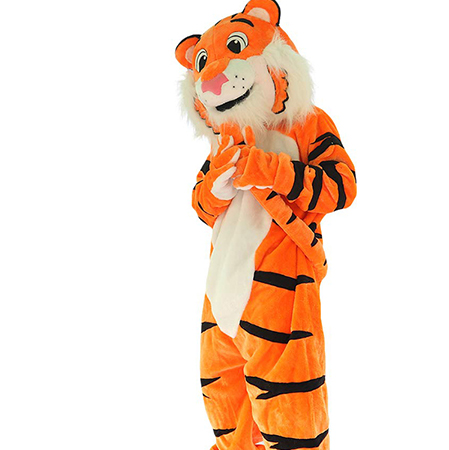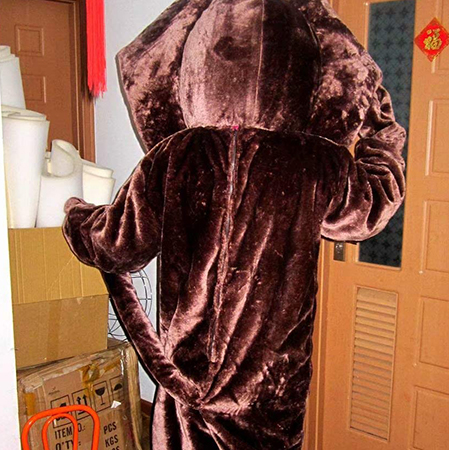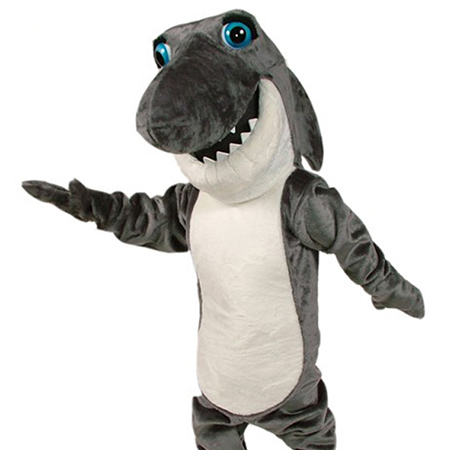Mascot costumes have long been a staple in entertainment and branding, providing a unique and engaging way for organizations to connect with their audience. The design and style of these mascot costumes play a crucial role in how effectively they perform their intended functions. In this analysis, we explore various aspects of different mascot costume styles, examining factors such as visibility, mobility, comfort, and audience appeal.
The visual impact of a mascot costume is paramount. Bright colors and distinct features are essential for ensuring that the mascot stands out in a crowd. Mascots designed with bold, contrasting colors tend to draw more attention than those with muted or blended shades. Additionally, intricate details and exaggerated features can make a mascot more memorable and recognizable, enhancing its effectiveness as a marketing tool. For instance, Mickey Mouse’s round ears and distinctive silhouette are instantly identifiable, making it an effective mascot for Disney.

Mobility is another critical factor in evaluating mascot costume effectiveness. A well-designed costume should allow the wearer to move freely and interact with the audience without restriction. This requires careful consideration of the materials used and the construction of the costume. Lightweight and breathable fabrics are often preferred for their flexibility and comfort, enabling the mascot performer to engage with fans more naturally. For example, the Sanrio characters like Hello Kitty benefit from lightweight designs that allow for dynamic movement during performances and appearances.
Comfort is equally important when it comes to mascot costumes. The performers inside these costumes often spend hours on their feet, interacting with fans, posing for photos, and participating in events. Therefore, the internal lining and padding of the costume must be made from soft materials to prevent discomfort or chafing. Ventilation is also a key consideration, especially for outdoor events where temperatures can rise. Well-ventilated costumes help keep the performer cool and comfortable, which is essential for maintaining high energy levels and enthusiasm throughout an event.

Audience appeal varies depending on demographic and cultural context. Mascots aimed at children typically feature friendly and approachable designs, with large, expressive eyes and cheerful expressions. These characteristics create a sense of warmth and trust, making children more likely to feel connected to the mascot. On the other hand, mascots designed for sports teams may adopt more dynamic and powerful poses, reflecting the competitive spirit of the sport. The Philadelphia Eagles’ mascot, Swoop, with its sleek, aerodynamic design, embodies strength and speed, resonating well with sports fans.
Cultural relevance also plays a significant role in the effectiveness of mascot costumes. Mascots that incorporate elements of local culture or traditions can foster a deeper connection with the community. For example, the Dragon Boat Festival’s dragon mascot not only represents a popular cultural event but also symbolizes strength and unity, enhancing its appeal among participants and spectators.

In conclusion, the effectiveness of mascot costumes depends on a combination of factors including visual impact, mobility, comfort, audience appeal, and cultural relevance. By carefully considering these elements, organizations can create mascots that not only capture attention but also leave a lasting positive impression on their audience. Whether it’s through vibrant colors, comfortable materials, or culturally significant designs, the right mascot costume can significantly enhance an organization’s engagement and brand recognition.
